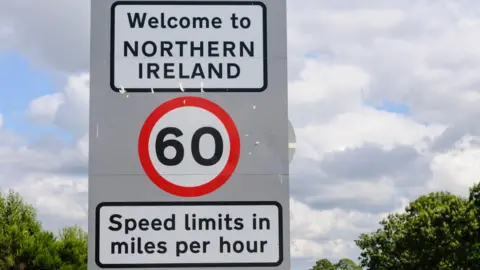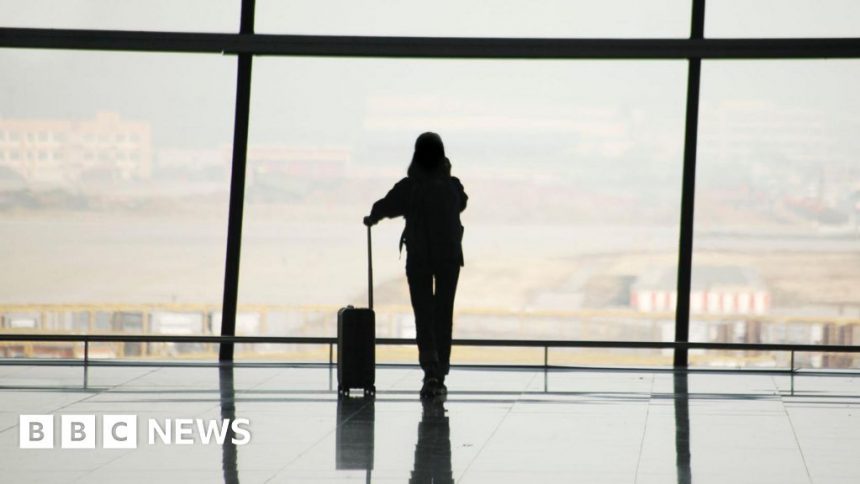Migration to Northern Ireland at 15-year high
 Getty Images
Getty ImagesNet migration to Northern Ireland reached its highest level in 15 years last year, according to official data.
The number of people coming to live in Northern Ireland was 30,500 while 23,000 people left – a net gain of 7,500.
The inflows and outflows to other parts of the UK were balanced, meaning all the gains came from international migration.
International net migration has been rising steadily since 2020 having fallen during the pandemic.
Overall, the population in Northern Ireland increased by 9,800 people to 1.92m last year with the rest of the increase due to “natural change”, meaning there were more births than deaths.
It was the first year since 2007 that population growth was primarily due to migration rather than natural change.
The figure from the NI Statistics and Research Agency (Nisra) are in line with other data released this week by HMRC.
It showed the number of payrolled workers in Northern Ireland increased by 12,900 between December 2022 and December 2023.
That increase consisted of 4,800 UK workers and 9,200 workers from outside of the UK or EU.
Post-Brexit rule changes
Other analysis by Ulster University has suggested that Northern Ireland is experiencing a significant rise in migration from India due to post-Brexit rule changes.
UK law now makes it harder for non-Irish EU nationals to move to the UK for low-paid work.
However, liberalisation of the visa system for high-skilled and medical workers is attracting more workers from India and other Asian countries.
 Getty Images
Getty ImagesAging society
The Nisra figures also show that Northern Ireland’s working age population would be falling without migration.
In 2023 the working age population, which means people aged 16-64, increased by 4,000 with all the net gain accounted for by migrants.
The figures also show how Northern Ireland continues to be an aging society with the number of over 65s increasing by 2.1% over the year while the number of children fell slightly.
Just under 18% of the population are over 65 compared to just over 15% ten years ago.
It is estimated there were 290 people aged 100 or more in Northern Ireland on 30 June 2023, the vast majority of whom were women.








